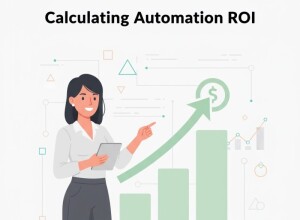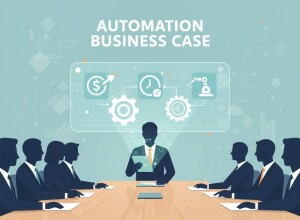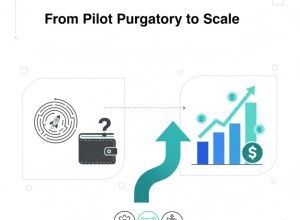Vision AI on the Line: Beating Traditional Rules-Based Inspection
For decades, quality inspection in manufacturing relied on rules-based vision systems — rigid algorithms that checked for size, color, or shape deviations. While reliable for stable, repetitive production, these systems crumble when products vary or lighting changes. In contrast, Vision AI brings adaptability, learning, and real-time intelligence to the line.
Why Traditional Vision Falls Short
Classical vision relies on thresholds: pixel brightness, edge detection, or pattern matching. It works only when parts look identical every time. But modern production lines deal with natural variation, flexible packaging, and short product cycles. Rules-based inspection generates false positives, wasting time and rejecting good parts.
Even simple factors like dust, vibration, or lighting drift can trigger alarms. Maintaining these systems demands constant tuning — something engineers in predictive maintenance already know too well.
What Vision AI Does Differently
AI-powered inspection systems use deep learning models trained on examples of both good and bad products. Instead of explicit rules, the AI learns visual patterns directly from data. This enables detection of subtle defects — scratches, dents, or color shifts — that traditional algorithms would miss.
- Handles natural variation without constant retuning.
- Improves over time with few-shot learning and continuous retraining.
- Integrates with Edge AI for real-time, low-latency decisions.
How It Works on the Shop Floor
1️⃣ Cameras capture multiple angles and lighting conditions.
2️⃣ Images are processed locally by an edge inference device or industrial PC.
3️⃣ The AI model classifies the part, flags anomalies, and sends results to MES or SCADA systems.
4️⃣ Each inspection is logged, forming a digital twin of quality that operators can review or retrain later.
Performance Gains
- False rejection rates drop by 50–80%.
- Detection accuracy improves even under variable lighting.
- Downtime decreases — no need for manual rule adjustments.
- Scalability: one model can adapt to multiple product variants.
Implementation Tips
Start with a limited pilot: 200–500 labeled images per defect type. Train your first model using transfer learning, and deploy it near the edge for latency control. Gradually expand datasets and integrate with MES dashboards for traceability.
When Vision AI and Rules Should Coexist
In some cases, hybrid inspection is best. Use rules for binary measurements (presence/absence) and AI for pattern recognition (defects, texture). This balanced approach keeps systems interpretable while improving coverage.
Key Takeaways
- Vision AI reduces false rejects and manual tuning.
- Deep learning adapts to product variation and lighting changes.
- Edge inference makes inspection real-time and scalable.
Related Articles
- Few-Shot Learning for Quality Control: When You Don’t Have Enough Data
- Edge AI vs Cloud AI for Manufacturing: Where Each Wins in 2025
- Factory Simulation to Cut Changeover Time: Case-Based Guide
Quick Q&A
Q: How much data do I need to start with Vision AI?
A: Typically 300–500 images per defect type are enough to train an initial model using transfer learning.
Q: Does Vision AI need cloud connectivity?
A: Not necessarily — many systems run fully on-premise using Edge AI devices.
Conclusion
Vision AI transforms quality assurance from a reactive to a proactive discipline. By learning from data instead of rigid rules, manufacturers can inspect faster, adapt instantly, and continuously improve — even in high-mix, variable environments.









































Interested? Submit your enquiry using the form below:
Only available for registered users. Sign In to your account or register here.